“Leadership is the capacity to translate vision into reality.” –Warren Bennis
Translate vision into reality. How do we do that? There are two skills inherent in this process that I want to hone in on in this blog post:
1. Envision the results you want.
2. Observe the present situation in relationship to those results.
Ask yourself, “What do I want to create?” More powerfully, “What do we want to create?” Paint a picture of this desired state, and root it in your highest aspirations and your deepest values. Be inspired! Put a stake in the ground!
Then, observe the present situation in relation to your desired state. Describe the place you are right now. Be precise, objective, and candid. Don’t analyze how you got where you are, just describe where you currently are. See it cleanly, just the facts (do not project your biases).
I first learned this idea from Peter Senge, and I took my understanding deeper in May, 2018 when I spent four days in a course with Robert Fritz, who puts it this way:
“The difference between our goals and current reality forms a powerful tension, and when we set up a tension, people can join together to resolve it. And this resolution advances the organization” (Fritz, 2011).
Fritz calls this “Structural Tension.” When you have tension in a structure, it seeks resolution. The tension is resolved when our current reality is equal to our envisioned future. So, a key insight here is that leadership includes establishing structural tension and using that tension to advance the organization. Fritz reminds us that we aren’t creating a “gap” — we are creating a force! A force that generates action, a force that focuses us on the most important things that need to be done, a force that energizes us to say no to things that would otherwise get in the way.
Picture a river. The water flows in accordance with the structure of the riverbed. To change the flow of the water requires a change in the underlying structure. When we clarify and articulate our goals and then accurately see current reality in relation to our goals, we are shaping and leveraging structure to move us forward. Fritz reminds us that “structure determines behavior” and writes:
“Knowing what we want to create—and knowing where we are in relationship to our goals—is the most powerful force an organization can have.”
Another image that Fritz uses is that of an archer drawing a bow and letting the arrow fly. I love this comparison because the archer is intentional about creating structural tension—force—to send the arrow to the target. Recall Bennis’ definition of leadership. For us to translate vision into reality, we must be skillful about creating structural tension—force—to galvanize meaningful action.
Author Notes: I believe this process is an absolute game changer for organizations. I have introduced hundreds of leaders to this approach, with exciting results. If you would like to learn more, I recommend two of Robert Fritz’ books: Your Life As Art (2002) and The Path of Least Resistance for Managers (2011).
*****
